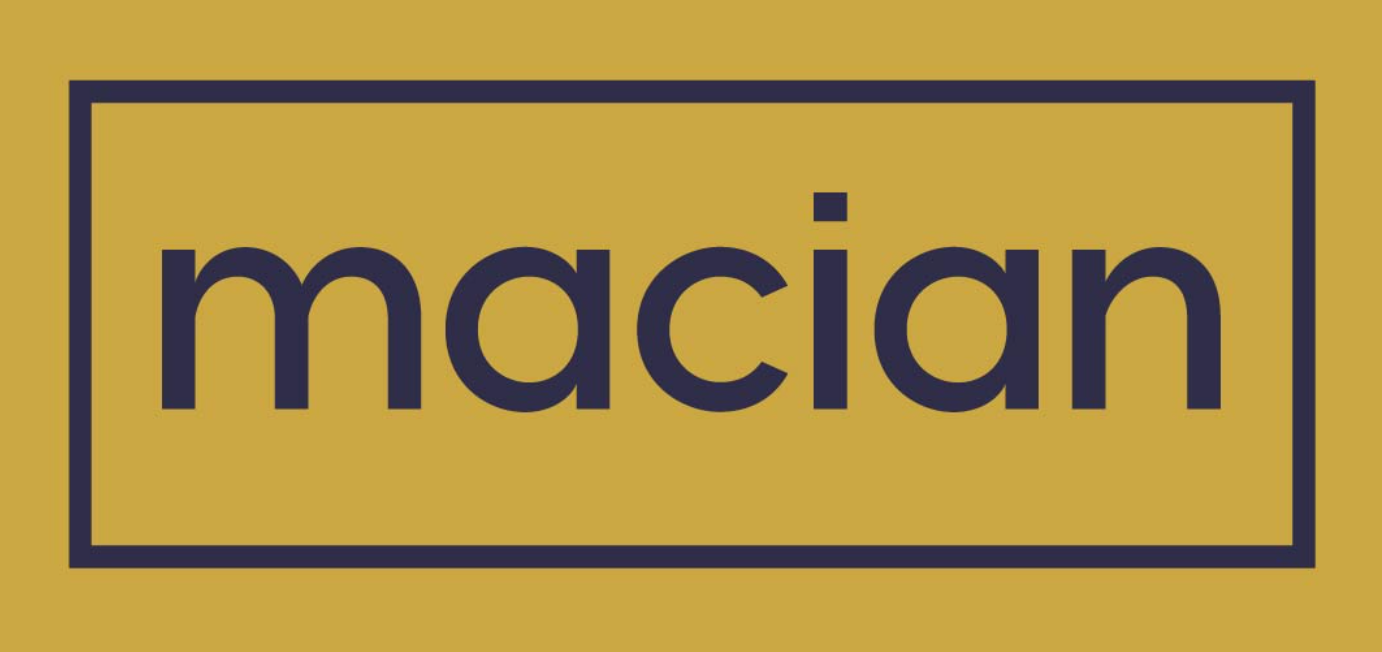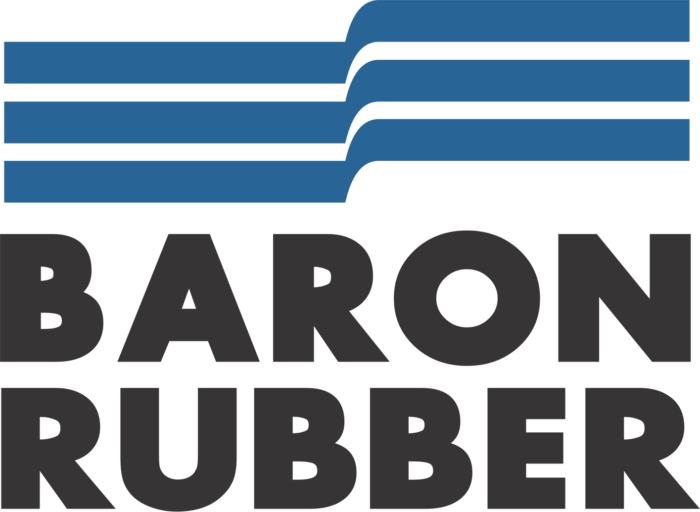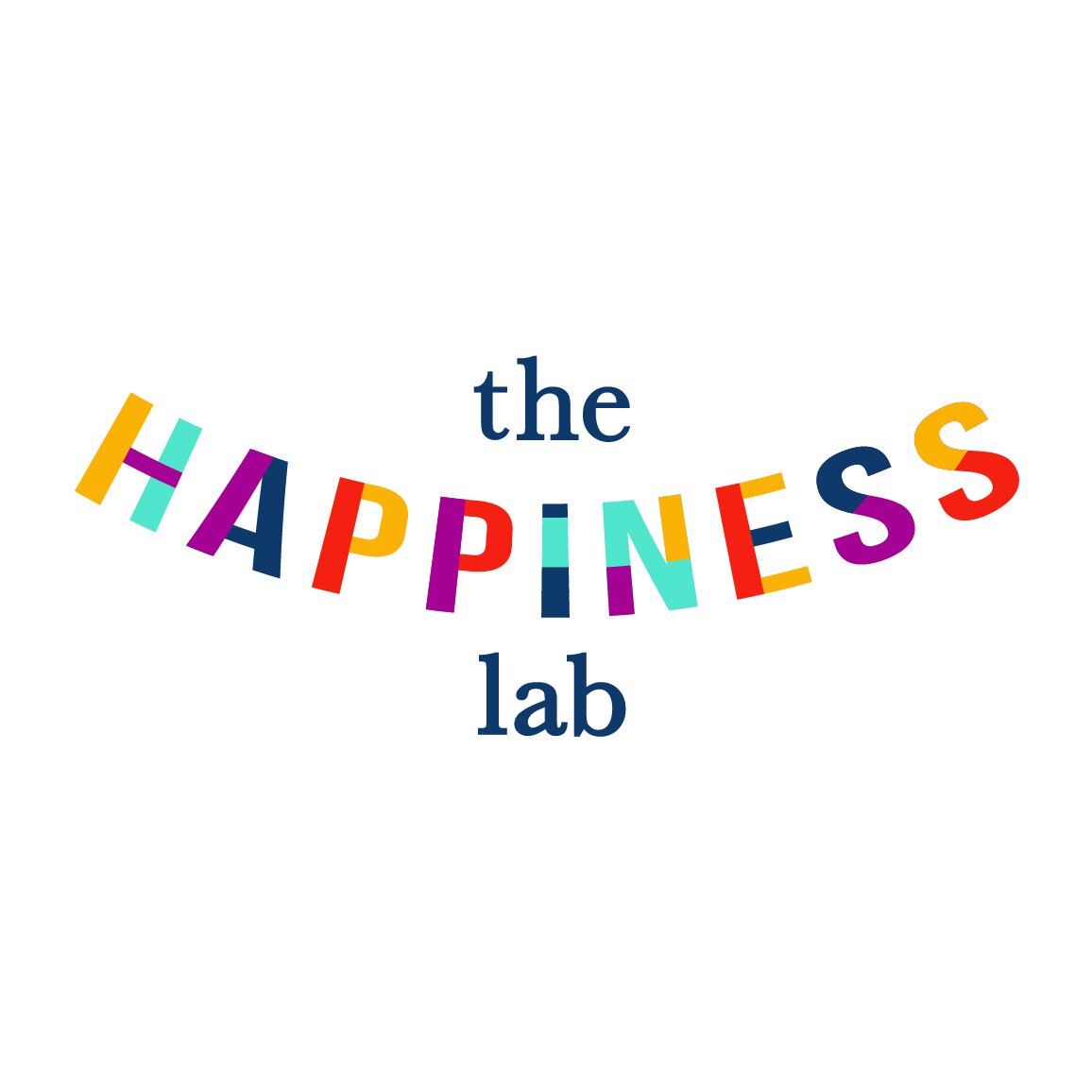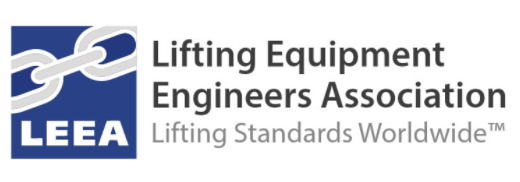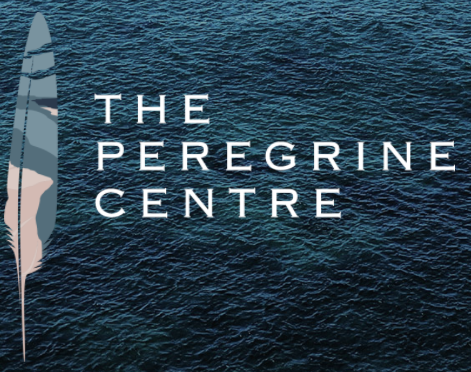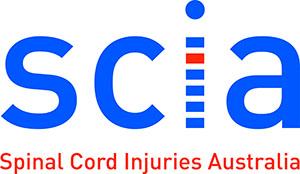New carbon nanomaterial gives supercapacitors a big boost
A breakthrough that significantly increases energy and power density could find uses in electric cars and home energy storage
A nanomaterial developed by an international research team could make supercapacitors an attractive alternative to batteries as a means of storing energy.
Led by Professor Yusuke Yamauchi, an ARC Future Fellow from the Australian Institute for Innovative Materials (AIIM) at the University of Wollongong (UOW), the team’s research paper was published in Nature Communication on Monday 12 June.
Professor Yamauchi said the improved supercapacitors could be used as supplements for batteries in hybrid and electric vehicles and for household energy storage, among other applications.
Supercapacitors have many advantages: they are significantly cheaper; maintain a high performance over their lifespan; and provide a high power density in short time. Their big disadvantage is that they have low energy density. Therefore, a number of researchers have been looking for ways to improve the energy density.
“One solution is the design of new electrode materials. Currently, two-dimensional (2D) nanomaterials which are composed of single- or few-atom thick nanosheets (for example, graphene) are mostly being utilised, but the common shortcoming is the natural restacking tendency, which have not been fully addressed as yet,” Professor Yamauchi said.
Professor Yamauchi and his colleagues intercalated nanoporous carbon layers between carbon nanosheets, and the intercalated layers not only prevented the restacking of the nanosheets, but also provided accessible pathways for ion diffusion while maintaining fast electron transfer.
The researchers achieved a maximum power density of 196.5 kW kg-1, and the energy density remained as high as 30.6 Wh kg-1. This is a huge improvement on volumetric energy density and volumetric power density compared to previously published results, in the order of a 200 per cent increase.
“Our concept will open a new paradigm for the synthesis of 2D hybrid nanomaterials and broaden the range of applications of 2D nanomaterials,” Professor Yamauchi said.
“Of course, by further tuning the pore structures and doping heteroatoms, we should realise further improvement. This is our next target.”
Professor Yamauchi said he thought the technology would be available commercially in consumer products within five years.
The research paper, “Hierarchical porous carbons with layer-by-layer motif architectures from confined soft-template self-assembly in layered materials” by Jie Wang, Jing Tang, Bing Ding, Victor Malgras, Zhi Chang, Xiaodong Hao, Ya Wang, Hui Dou, Xiaogang Zhang and Yusuke Yamauchi, was published in Nature Communications on 12 June.
This work was partly supported by an Australian Research Council (ARC) Future Fellow.
























